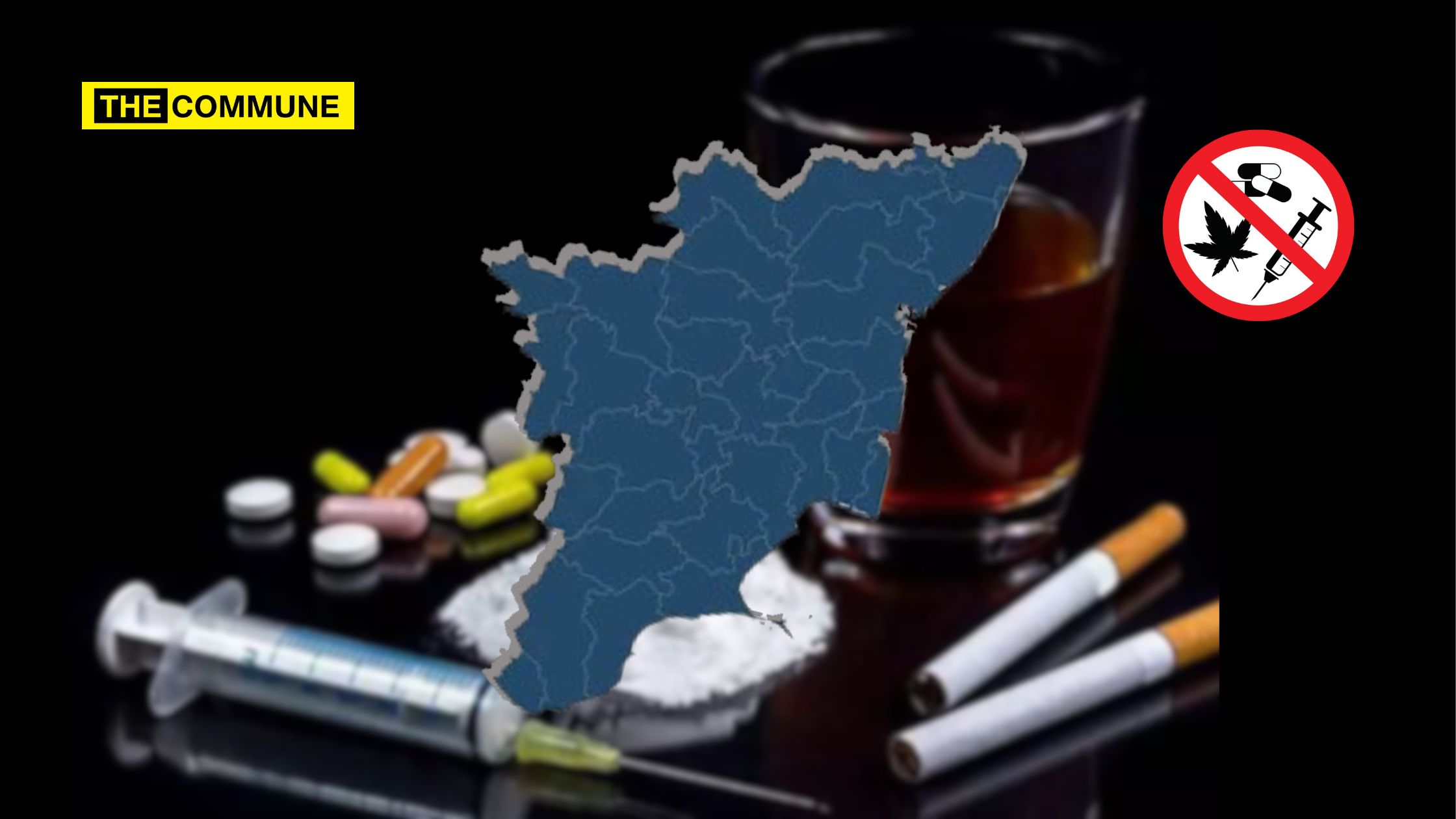
Tamil Nadu has become a critical transit point for international drug syndicates trafficking the banned narcotic methamphetamine (meth) and its precursor pseudoephedrine, with shipments heading primarily to Sri Lanka, Malaysia, and Australia, where demand is high, according to recent investigations by Indian authorities.
Data from the Narcotics Control Bureau’s (NCB) Chennai zone reveals a significant surge in meth seizures bound for Sri Lanka, increasing from 12kg in 2021 to 66kg in 2022 and reaching 81kg in 2023. This rise in seizures signals the expanding scope of the transnational drug trade through Tamil Nadu.
In 2024, seizures by the NCB and the Directorate of Revenue Intelligence (DRI) in the Chennai zone have already amounted to 57kg of meth, with a street value of Rs 360 crore, across just four cases. These cases involved meth sourced from Myanmar and headed to Sri Lanka. The most recent bust saw the DRI seize 10kg of meth last week, leading to the arrest of six individuals and the dismantling of an international drug syndicate.
Methamphetamine trafficking has proven to be a highly profitable enterprise, with officials estimating the drug’s price ranging from Rs 50,000 to Rs 1,00,000 per kilogram in Manipur, increasing to Rs 7 lakh in Chennai, and multiplying several times more in markets like Sri Lanka and Malaysia. The NCB estimates the drug’s street value at Rs 10 crore per kilogram, while the DRI places it at Rs 5 crore.
Investigations have traced the methamphetamine supply to Myanmar, part of the infamous Golden Triangle along with Thailand and Laos. The drug is smuggled across the India-Myanmar border into Manipur, from where it is transported to Tamil Nadu via human carriers, primarily using trains. Upon reaching Tamil Nadu, the narcotics are concealed in vehicles and transported to coastal towns like Rameswaram, Thoothukudi, or Nagapattinam. From there, the meth is moved across the porous maritime border to Sri Lanka through mid-sea transfers conducted by local fishing boats.
Officials have also uncovered the involvement of Sri Lankan Tamils living in Tamil Nadu’s cities and refugee camps, who are employed by drug syndicates to facilitate the trade. Locals from Manipur are also playing a key role in the trafficking operations. This illicit trade has seen a noticeable increase in the last five years.
One notable case involved a vegetable trader from Koyambedu, Chennai, with trade links to Sri Lanka, who was arrested in connection with a recent meth seizure. Another accused in last week’s DRI bust was a Tamil man who had spent his school years in Manipur before moving to Tamil Nadu.
Investigators have identified Moreh, a town in Manipur located near the India-Myanmar border, as a key transit point due to its Tamil community. In 2023, the NCB arrested three Tamils in Imphal during a 4kg meth seizure in Tamil Nadu, which later led to an 11kg seizure in Manipur — the largest by the agency that year.
Following that case, authorities have been examining links between the Tamil community in Moreh and a syndicate based in Red Hills, Chennai. Sri Lankan Tamils are particularly valuable to these drug operations as they are familiar with the terrain and play a pivotal role in coordinating mid-sea transfers and facilitating hawala payments. Manipur locals, meanwhile, assist syndicates in navigating the complex smuggling routes along India’s northeastern border.
Despite the scale of these trafficking operations, methamphetamine consumption in Tamil Nadu remains low. Local users of high-end drugs typically prefer cocaine or LSD, according to officials.
In another significant development, the seizure of meth packaged in “Yellow tea” packets with Chinese markings indicates that global drug syndicates in Southeast Asia and Australia are involved in these operations. Methamphetamine has now become the second most popular drug in Sri Lanka.
(With inputs from TNIE)
Subscribe to our Telegram, WhatsApp, and Instagram channels and get the best stories of the day delivered instantly.




